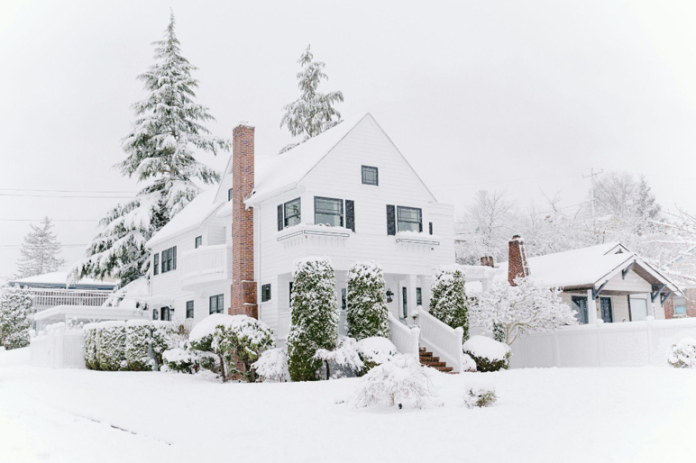Installing a furnace takes both time and effort; however, the experience can become far less stressful when you understand exactly what’s going on with your furnace.
Step one of furnace installation requires making low voltage electrical connections according to manufacturer instructions and local codes, including thermostat, furnace and outdoor unit connections.
Installation Process
Furnace installation is a complex process, and requires careful consideration to be executed successfully. From replacing an existing furnace to installing a brand-new one, various factors may impact its installation timeline. Depending on where you reside, local building codes may need to be followed – adding another step and increasing the project timeline.
Installers will install the furnace once ductwork and gas lines have been prepared, taking great care to level and plumb it before placing something like a rubber pad between it and the floor to protect from moisture rusting the metal.
They’ll also connect electrical wires – including connecting it to an everyday household circuit for power on/off – making sure all wires are correctly connected to ensure safety for future use.
Finally, they’ll connect gas or electricity (depending on your furnace type) to the furnace, check for any leaks before proceeding and perform a short test to ensure everything is working as it should before attaching vent pipes and turning on either gas or electricity to make sure your furnace operates as intended.
Furnace Installation Cost
Furnace installation costs can depend on several factors, including the size and fuel type of your home as well as type of furnace.
A professional HVAC installer will visit to determine the ideal furnace size and perform a load calculation that takes into account factors like number of rooms, insulation thickness and windows in calculating how much heat is necessary – this will determine both square footage and BTUs of the new unit. You can click here to learn more about this unit of measurement.
Your installer will also take into account any features you want, such as programmable thermostat, zoned heating, dual heat exchanger and variable-speed blower – each will add to your total costs.
Finding an experienced contractor for this task is essential to avoid damaging the unit. An HVAC specialist will make sure all gas lines, electrical connections and condensate drains are correctly connected and tested for safety before proceeding with installation.
Some cities require new furnace installations to obtain a building permit, increasing costs but assuring that a safety inspection can take place once work has been completed.
Furnace Installation Warranty
Your HVAC contractor can often assist with this step and will verify the terms for you as part of their service project.
Your equipment manufacturer might require that a new homeowner register their furnace within a specific timeframe after installation to remain eligible for full warranty coverage; failing which, the homeowner is not entitled to full protection under their warranty coverage for it. They can often do this as part of the project, ensuring its terms for you. You can click the link: https://www.consumerreports.org/ to learn more about warranties.
Many homeowners opt to purchase extended warranty plans in addition to their home furnace warranties for added peace of mind when something unexpected goes wrong with their heating systems. Although such plans cost extra and go beyond manufacturer coverage in terms of repair and replacement coverage, they could potentially save them money when something does go wrong with their system.
Some manufacturers also provide additional coverage, such as for the heat exchanger of your new furnace, through separate component warranties. This offers you extra peace of mind that everything remains working correctly at all times.
Furnace installations can be an expensive venture, so it is wise to get all of the facts on what to expect with warranty coverage and other home system protections before making your decision. Consult with a Dayton, OH furnace installation expert about this matter so you are fully informed before hiring anyone for installation services. They should be knowledgeable both about their product and about the warranty process.
Furnace Installation Tips
Clear the area where your furnace will be installed of any items that could obstruct installers’ ability to work safely and efficiently, including any that could get in their way of installation. In addition, make sure they have easy access to both your breaker box and gas line for installation purposes.
Before beginning the installation of your furnace, ensure all gas and electrical lines connected to it have been switched off to ensure both your safety and prevent costly damages. Furthermore, inform family members about staying away from the installation room due to exposed power tools or heavy machinery.
Many issues homeowners encounter with their furnaces stem not from inevitable wear & tear but instead from incorrect installation practices. Preventive maintenance can reduce energy costs while prolonging its lifespan; to learn more contact a local HVAC company. They offer comprehensive inspection and maintenance plans designed to keep your furnace running efficiently for many years to come.
















